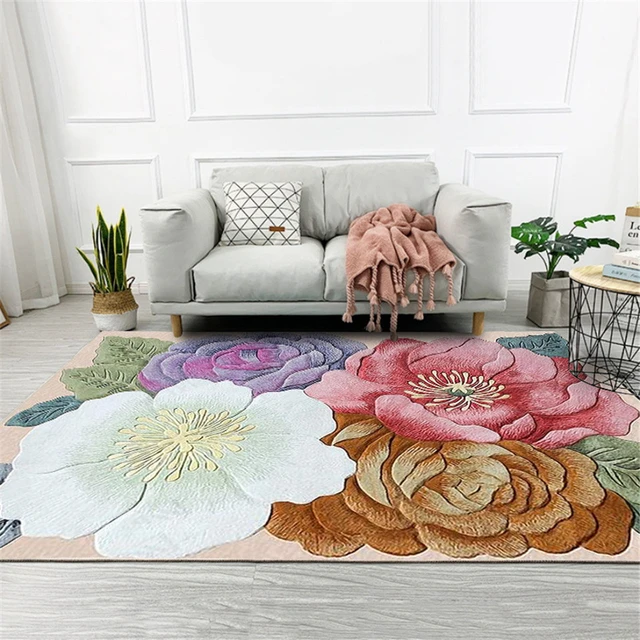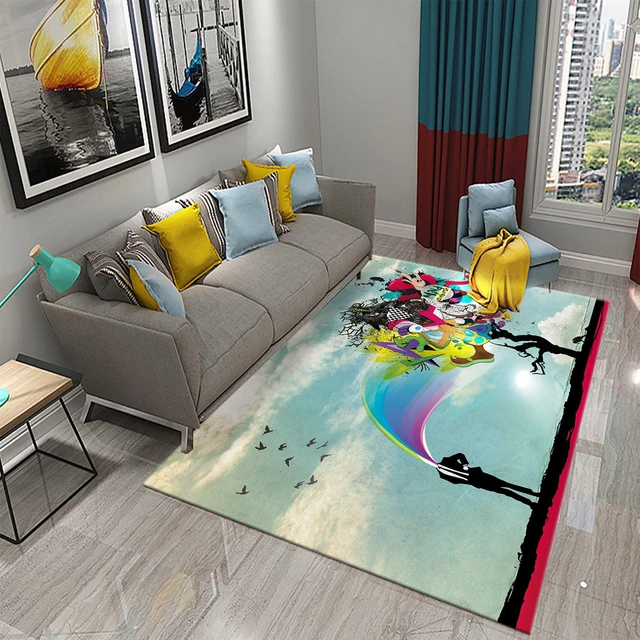 Introduction:
Introduction:
Replacing carpet is a significant home improvement project that can transform the look and feel of a room. Whether it’s due to wear and tear, damage, or a desire for a fresh update, understanding the process of replacing carpet is essential for a successful outcome. In this comprehensive guide, we will provide a step-by-step explanation of how to replace carpet. By following these simple steps, individuals can confidently tackle the project, resulting in a beautifully updated space.
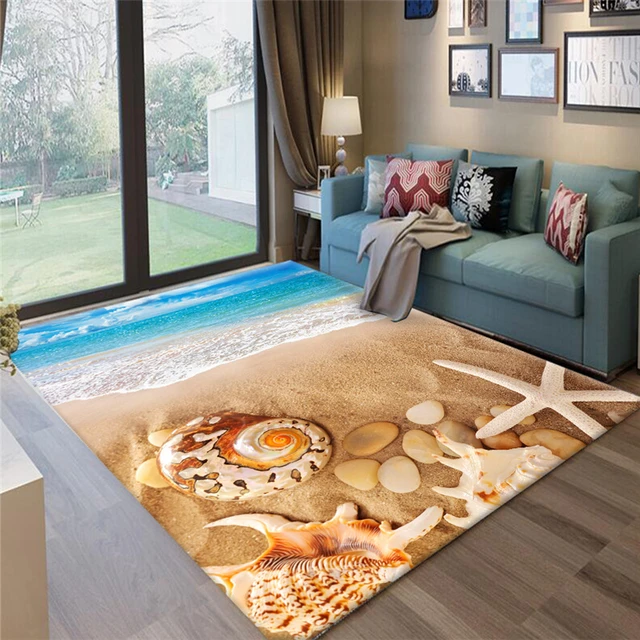 Several benefits of replacing carpet :
Several benefits of replacing carpet :
Replacing carpet offers several benefits, including:
Improved Appearance: Over time, carpets can become worn, stained, or faded, affecting the overall look and feel of a room. Replacing old or damaged carpet with new carpet can instantly refresh the space, giving it a clean and updated appearance.
Enhanced Comfort: New carpet provides a softer and more comfortable surface to walk on compared to worn-out or thinning carpet. It can create a cozy and inviting atmosphere in bedrooms, living rooms, or other areas where comfort is desired.
Better Indoor Air Quality: Carpets tend to trap dust, allergens, and other particles, which can negatively impact indoor air quality. Replacing old carpet can help eliminate accumulated pollutants and improve the air quality in your home, especially if you opt for hypoallergenic or low-emission carpets.
Increased Insulation: Carpets act as an additional layer of insulation, helping to maintain a comfortable temperature in your home and reduce energy costs. New carpet with better insulation properties can provide improved thermal efficiency and sound absorption.
Health and Hygiene: Old carpets can harbor dirt, dust mites, pet dander, and other allergens, potentially triggering allergies or respiratory issues. Replacing carpet can minimize these health concerns, especially if you choose carpets with anti-microbial treatments or easy-to-clean materials.
Enhanced Value: When selling or renting out a property, new carpet can significantly enhance its appeal and value. It creates a positive first impression and may help attract potential buyers or tenants. Additionally, selecting a neutral and universally appealing carpet can increase the likelihood of a quicker sale or rental.
Personalization and Style: Replacing carpet allows you to update the look and style of your space according to your preferences. With a wide range of colors, patterns, and textures available, you can choose a new carpet that complements your decor and reflects your personal style.
Ultimately, replacing carpet provides several practical and aesthetic benefits, creating a fresh and comfortable living environment while improving the overall value of your property.
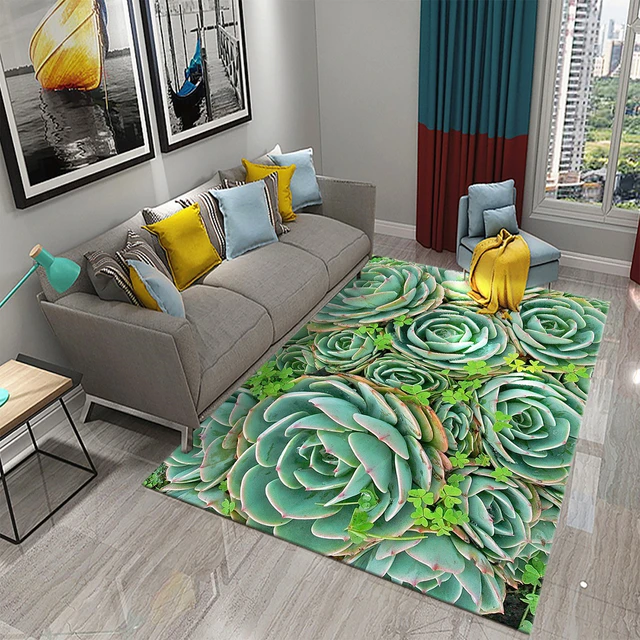 Preparing for Carpet Replacement
Preparing for Carpet Replacement
Measure the Room:
Measure the length and width of the room to determine the amount of carpet needed.
Note any irregularities or angles that may require additional measurements.
Select the Carpet:
Choose the type, style, and color of carpet that suits your preferences and matches the room’s decor.
Consider factors such as durability, maintenance, and budget when selecting the carpet.
Gather Tools and Materials:
Collect the necessary tools for carpet installation, including a utility knife, knee kicker, carpet stretcher, carpet pad, tack strips, and a hammer.
In addition, gather safety equipment such as gloves and knee pads.
Removing the Old Carpet
Clear the Room:
Remove all furniture, decorations, and fixtures from the room to create a clear workspace.
Disconnect any electronics or appliances that may be in the way.
Cut and Roll the Old Carpet:
Using a utility knife, cut the old carpet into manageable sections that can be easily rolled up.
Remove the carpet rolls from the room and dispose of them properly.
Remove Tack Strips and Staples:
Carefully pry up and remove the existing tack strips using a hammer or pry bar.
Use pliers or a staple remover to remove any remaining staples or nails from the floor.
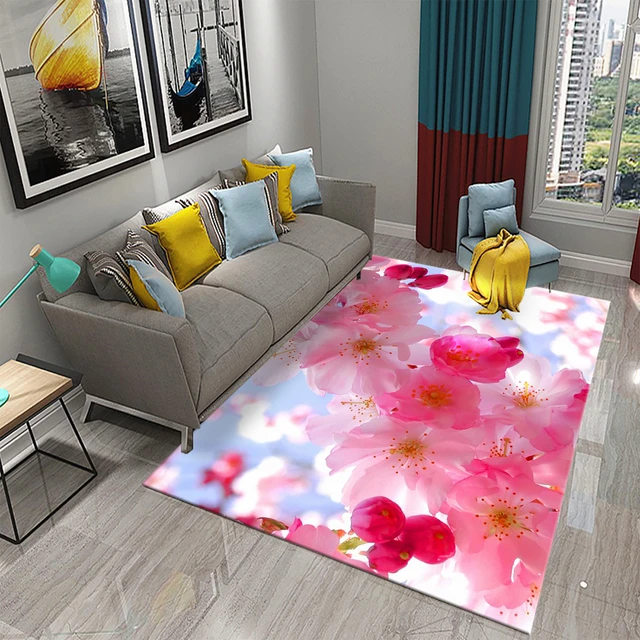 Preparing the Subfloor
Preparing the Subfloor
Inspect and Clean the Subfloor:
Inspect the subfloor for any damage, such as rot or uneven areas.
Clean the subfloor thoroughly, removing any debris or adhesive residue.
Repair and Level the Subfloor:
Address any subfloor damage by making necessary repairs or replacements.
Ensure that the subfloor is level by using a leveling compound or plywood patches if needed.
Installing the New Carpet
Lay the Carpet Pad:
Roll out the carpet pad over the entire subfloor, leaving a slight overlap against the walls.
Trim the excess pad using a utility knife.
Install Tack Strips:
Position tack strips around the perimeter of the room, leaving a small gap between the strip and the wall.
Secure the tack strips to the subfloor using a hammer or adhesive.
Cut and Fit the New Carpet:
Lay the new carpet over the pad, ensuring it extends beyond the walls.
Use a knee kicker and carpet stretcher to stretch the carpet tightly across the room.
Trim and Finish the Carpet:
Use a carpet trimmer or utility knife to trim excess carpet along the walls.
Install transition strips where the carpet meets other flooring types.
Post-Installation Care
Vacuum and Clean the New Carpet:
Thoroughly vacuum the newly installed carpet to remove any loose fibers or debris.
Use a carpet cleaner or steam cleaner, if needed, to deep clean the carpet.
Reinstall Furniture and Decorations:
Place furniture and fixtures back into the room, taking care to protect the new carpet during the process.
Arrange decorations and accessories to complete the room’s new look.
The cost of replacing carpet:
The cost of replacing carpet can vary based on several factors, including the size of the area to be carpeted, the type of carpet chosen, any additional materials required, and the labor costs in your specific location. Here is a general breakdown of the cost considerations:
Carpet Material:
The cost of the carpet itself will depend on the material chosen. Synthetic carpets tend to be more affordable, while natural materials like wool can be more expensive. The cost will also vary based on the quality and brand of the carpet.
Area Size:
The size of the area to be carpeted will impact the overall cost. Larger areas will require more carpet and may also require additional labor for installation.
Underpadding:
Underpadding, also known as carpet cushion, is a layer that provides support and insulation underneath the carpet. The cost of underpadding will depend on the quality and thickness desired.
Installation:
Hiring a professional installer will incur additional labor costs. Installation prices can vary depending on the complexity of the job, including factors such as removing and disposing of existing carpet, preparing the subfloor, and installing the new carpet.
Additional Costs:
Other factors that may influence the cost include any necessary repairs or adjustments to the subfloor, the need to move furniture, and any optional extras such as carpet upgrading, pattern matching, or customizations.
While it is difficult to provide an exact cost without specific details, as a rough estimate, the total cost of replacing carpeting can range from $2 to $10 per square foot. It is always best to get multiple quotes from professional carpet installers in your area to get an accurate estimate based on your specific needs and requirements.
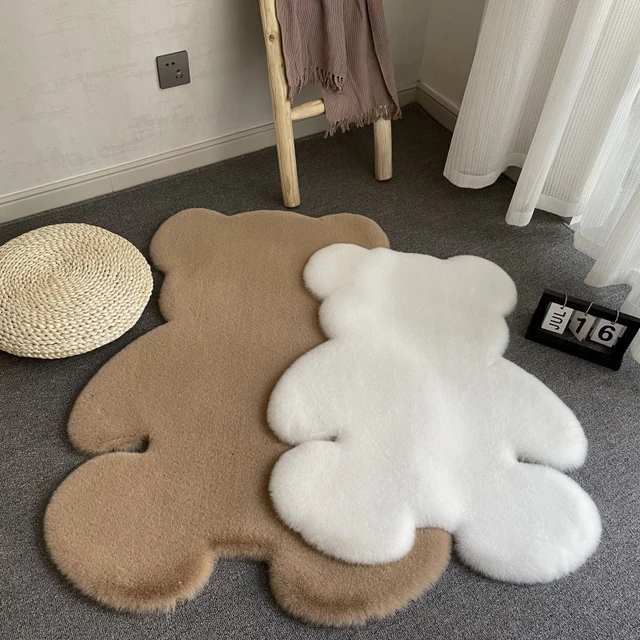 Conclusion:
Conclusion:
Replacing carpet is a project that can revitalize the appearance of a room. By following the step-by-step guide provided in this comprehensive guide, individuals can successfully replace carpet and achieve a fresh and updated space. From preparing the room and removing the old carpet to installing the new carpet and completing post-installation care, each step is integral to a successful carpet replacement project. Embrace the knowledge shared in this guide to confidently undertake the task of replacing carpet, and enjoy the benefits of a beautifully transformed room.
